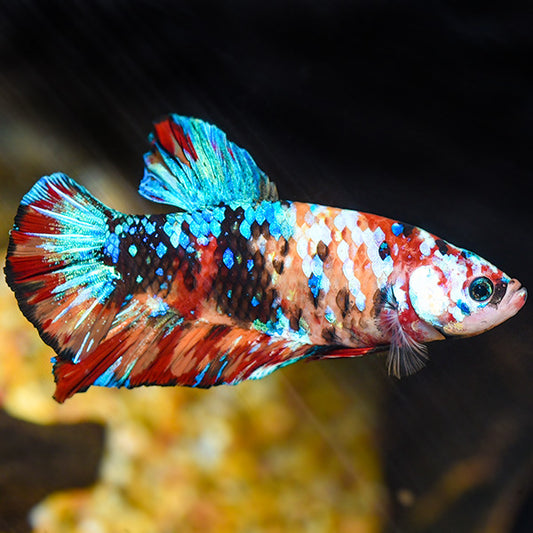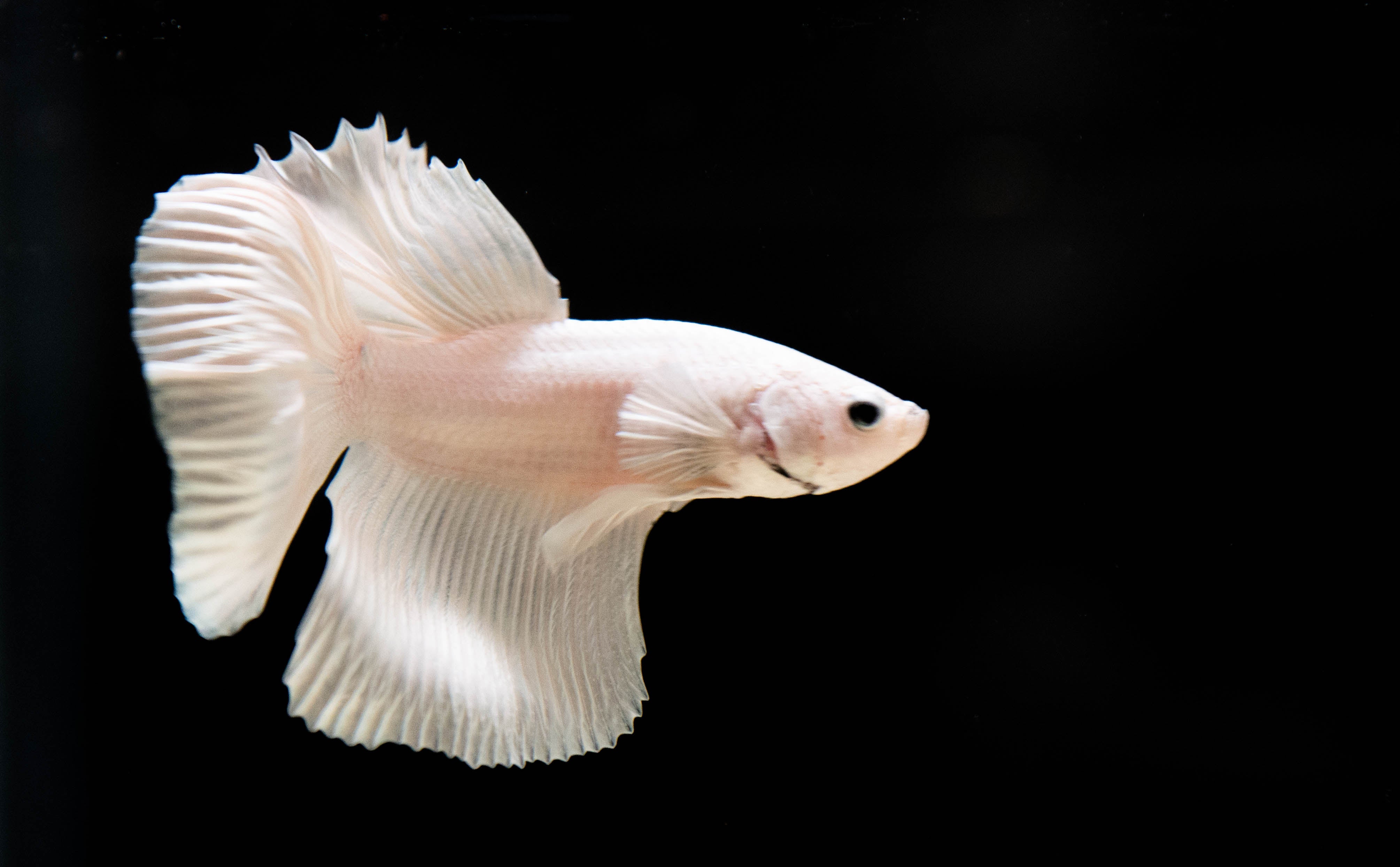Betta Fish Lifespan: Exactly How to Guarantee Your Betta Lives Longer
Betta Fish Lifespan: Exactly How to Guarantee Your Betta Lives Longer
Blog Article
Everything About Betta Fish: Comprehending Their One-of-a-kind Needs, Habits, and the very best Practices for Optimal Care
Understanding the distinct requirements and actions of Betta fish is crucial for any type of aquarist looking to offer optimum care. betta fish. As we discover these elements further, the effects for both amateur and knowledgeable fish caretakers end up being increasingly evident, raising questions concerning how finest to accommodate these impressive fish in our homes.
Betta Fish Review
Although frequently admired for their dynamic colors and moving fins, Betta fish, scientifically referred to as Betta splendens, are complicated creatures that need specific treatment to flourish. Stemming from Southeast Asia, these freshwater fish are recognized for their territorial nature and unique actions. Betta fish exhibit sex-related dimorphism, with men displaying a lot more dazzling colors and longer fins than ladies.
Their aggressive tendencies, specifically amongst males, demand mindful factor to consider when housing them. Bettas are often maintained in single-specimen storage tanks to stop territorial conflicts. Nevertheless, they can exist side-by-side in harmony with particular suitable varieties in larger area storage tanks, supplied the setting satisfies their requirements.

To make sure optimum treatment, aquarists should understand their distinct behavior characteristics, dietary requirements, and environment needs. betta fish. With appropriate attention, Betta fish can exhibit their vibrant individualities and flourish in a well-kept aquarium setup
All-natural Environment and Setting
Betta fish grow in a diverse series of all-natural habitats, primarily located in the shallow waters of Southeast Asia, including rice paddies, swamps, and slow-moving streams. These settings are defined by warm temperatures, generally between 75 ° F and 82 ° F(24 ° C and 28 ° C ), and a pH level ranging from 6.5 to 7.5, which is perfect for their health and wellness and wellness.
In their all-natural environments, Betta fish are accustomed to dense vegetation, supplying both sanctuary and reproducing premises. The existence of plants such as drifting water lilies and thick grasses not only supplies defense from killers however also adds to the oxygenation of the water, which is crucial for their breathing demands. Furthermore, these environments usually have areas of still water, permitting Betta fish to show their natural behaviors such as bubble nesting.
Comprehending the natural habitat of Betta fish is critical for aquarium enthusiasts. Duplicating these conditions-- via water temperature, pH balance, and the addition of real-time plants-- can substantially improve the total health and wellness and long life of these exciting fish, guaranteeing they grow in a home aquarium setting.
Social Habits and Communications
Recognizing the social actions and interactions of Betta fish is crucial for effective aquarium monitoring. Betta fish, or Siamese combating fish, are understood for their special behavior attributes, identified primarily by territoriality and aggression.
Conversely, female Bettas exhibit much less hostile habits and can exist side-by-side in teams, referred to as sororities, if presented effectively. It is essential to monitor their communications very closely, as power structure and supremacy can lead to disputes. Understanding the characteristics within a Betta area is essential; developing hiding spots and guaranteeing ample room can minimize hostility.
In addition, Betta fish may also present interest and social behaviors towards various other types. While they can coexist Find Out More with particular non-aggressive container companions, it is necessary to choose suitable types to avoid stress and hostility. In general, identifying these social communications is essential to fostering a harmonious fish tank setting for Betta fish.
Important Treatment Standards
Offering correct care for Betta fish is critical to their health and wellness and well-being. Regular water modifications-- approximately 25% regular-- aid maintain water high quality.
Betta fish call for a suitable storage tank dimension; a minimum of 5 gallons is suggested to provide sufficient room for swimming and hiding. Consist of decorations and plants to produce a revitalizing setting, but avoid sharp items that might harm their delicate fins.

Finally, make sure the container is furnished with a filter to keep the water clean, yet utilize a gentle filter to avoid solid currents that can emphasize the fish. By adhering to these essential treatment guidelines, owners can advertise a healthy and balanced and lively Betta click here now fish.
Common Health Issues and Solutions
In the care of Betta fish, recognition of typical health issues is essential for keeping their health. One common issue is fin rot, usually created by bad water high quality or microbial infection. Signs and symptoms include torn or tarnished fins. To treat fin rot, boost water conditions and consider making use of a broad-spectrum antibiotic.
One more typical condition is ich, a parasitic infection characterized by white spots on the fish's body (betta fish). Treatment entails raising water temperature and adding fish tank salt to the container, as this can help get rid of the bloodsucker
Swim bladder condition is additionally regularly observed, bring about buoyancy problems. This condition may emerge from overfeeding or irregular bowel movements. A fasting duration of 24-48 hours, followed by a diet plan of blanched peas, can give relief.
Finally, bettas might deal with velvet disease, suggested by a gold dust-like appearance on their skin. Treatment generally needs drug specifically developed for outside bloodsuckers, along with improved tank hygiene.
Routine tracking of water specifications, preserving a tidy setting, and giving a balanced diet are important preventative actions. By resolving these health and wellness problems without delay, Betta fish can lead much healthier, extra vibrant lives.
Conclusion
In recap, effective betta fish care calls for an understanding of their one-of-a-kind requirements and habits. Normal surveillance of wellness and water high quality, along with a balanced diet regimen, contributes to the longevity and vibrancy of betta fish.
Report this page